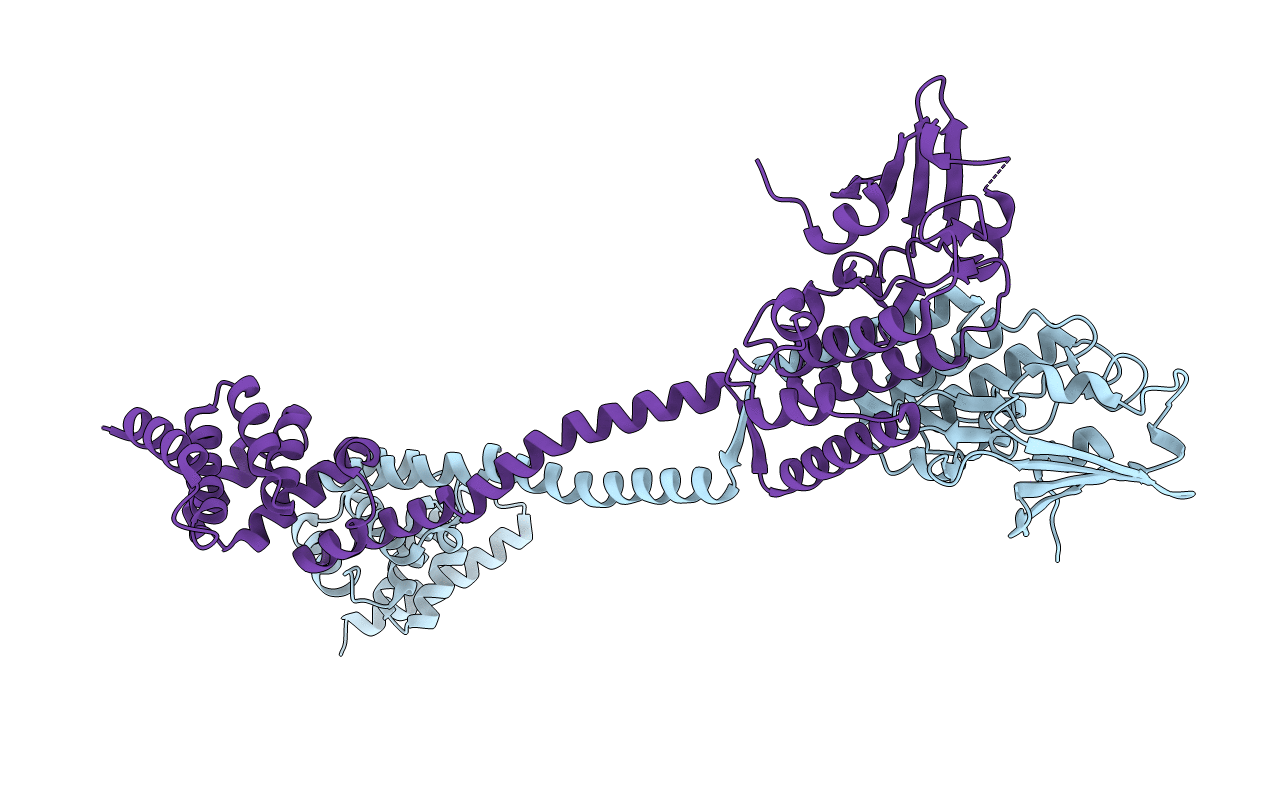
Deposition Date
2020-05-08
Release Date
2021-05-19
Last Version Date
2024-02-07
Entry Detail
PDB ID:
6Z0F
Keywords:
Title:
Crystal structure of the membrane pseudokinase YukC/EssB from Bacillus subtilis T7SS
Biological Source:
Source Organism:
Bacillus subtilis subsp. subtilis str. 168 (Taxon ID: 224308)
Host Organism:
Method Details:
Experimental Method:
Resolution:
2.55 Å
R-Value Free:
0.26
R-Value Work:
0.23
R-Value Observed:
0.23
Space Group:
C 1 2 1


